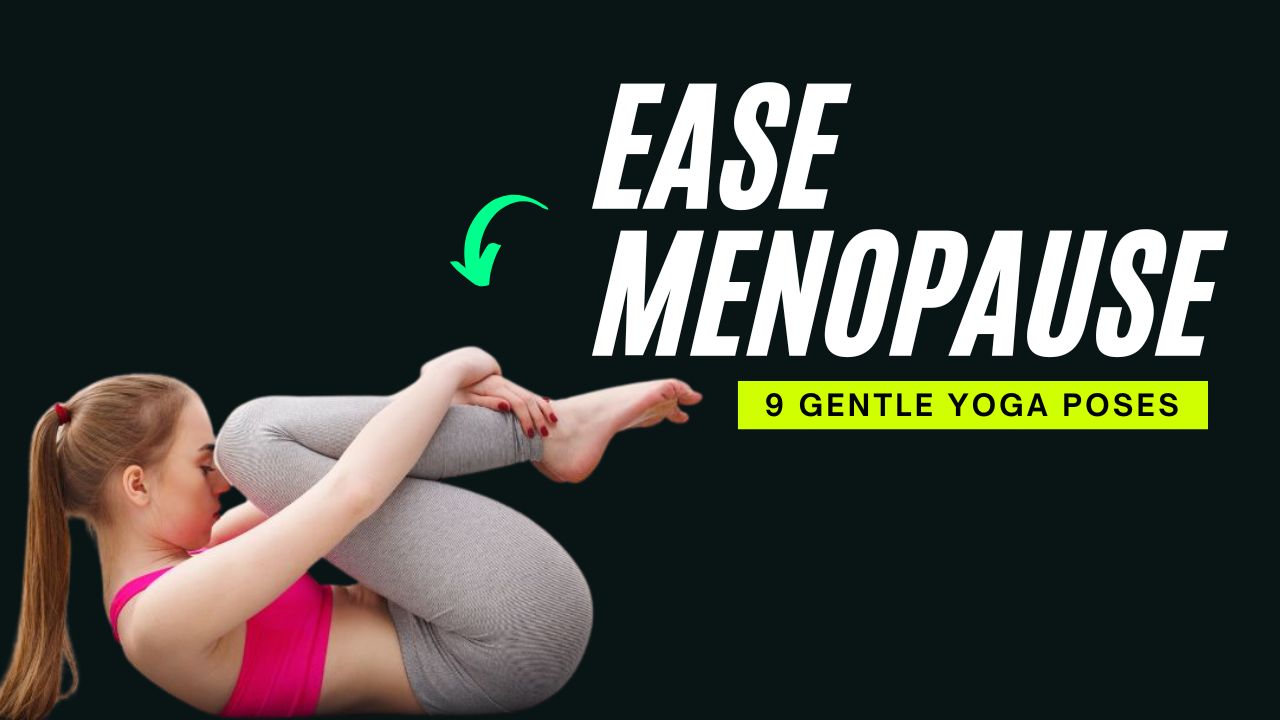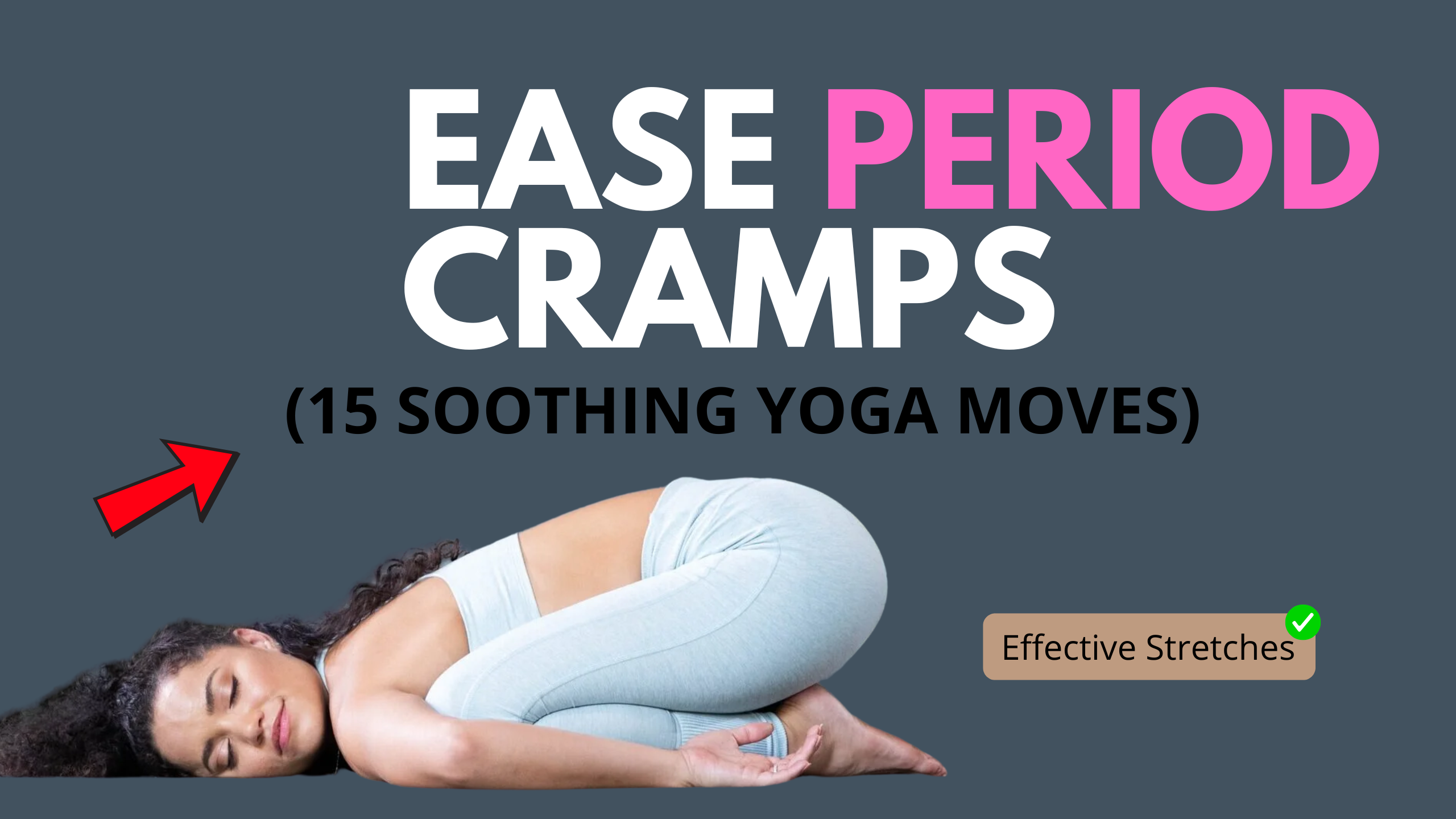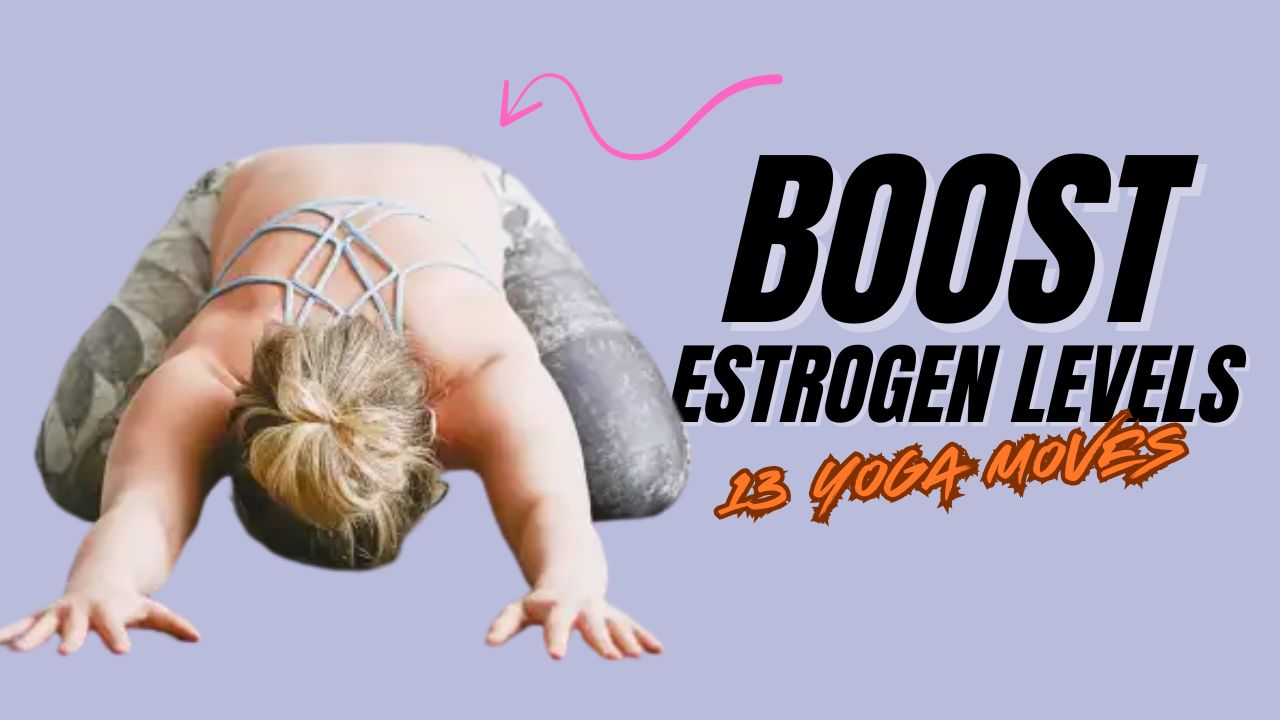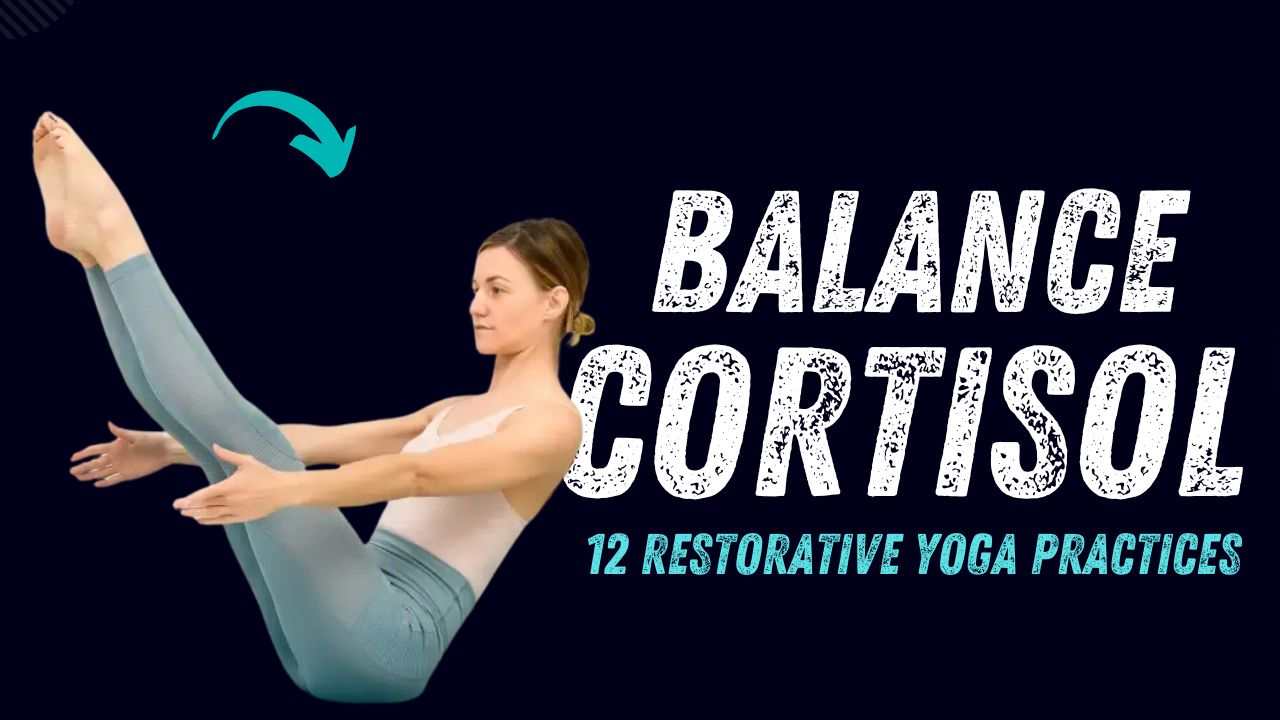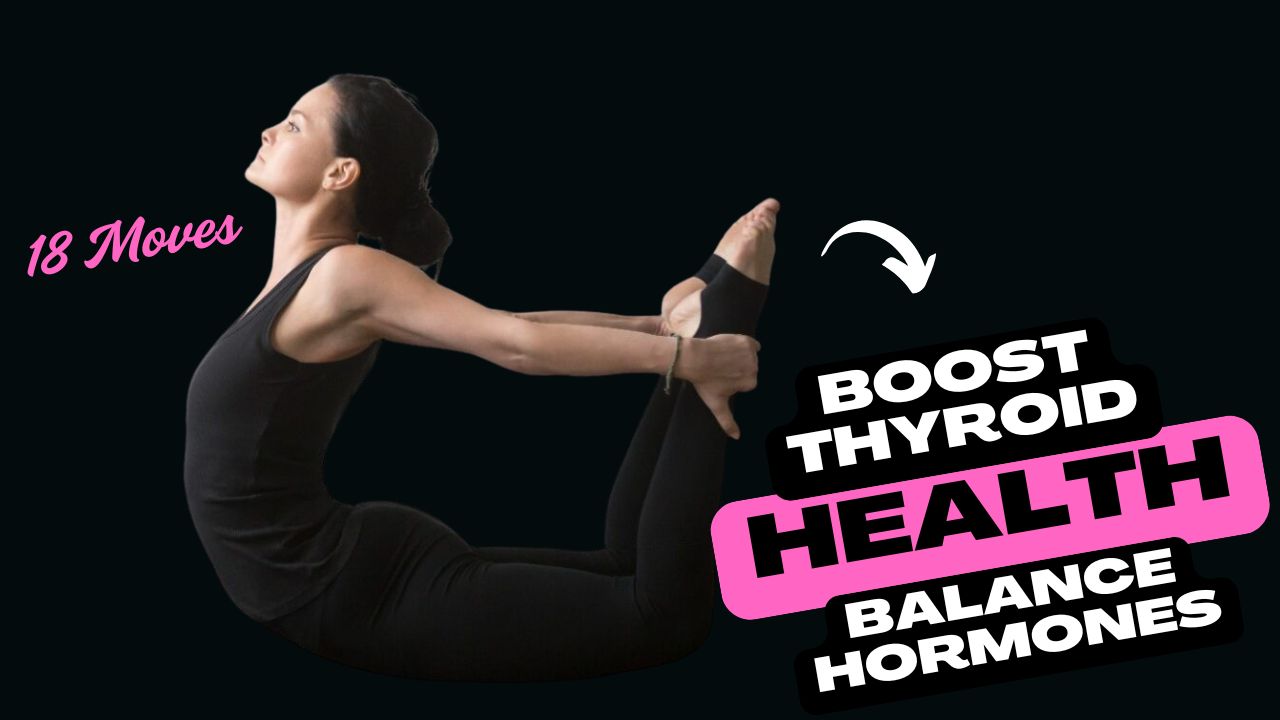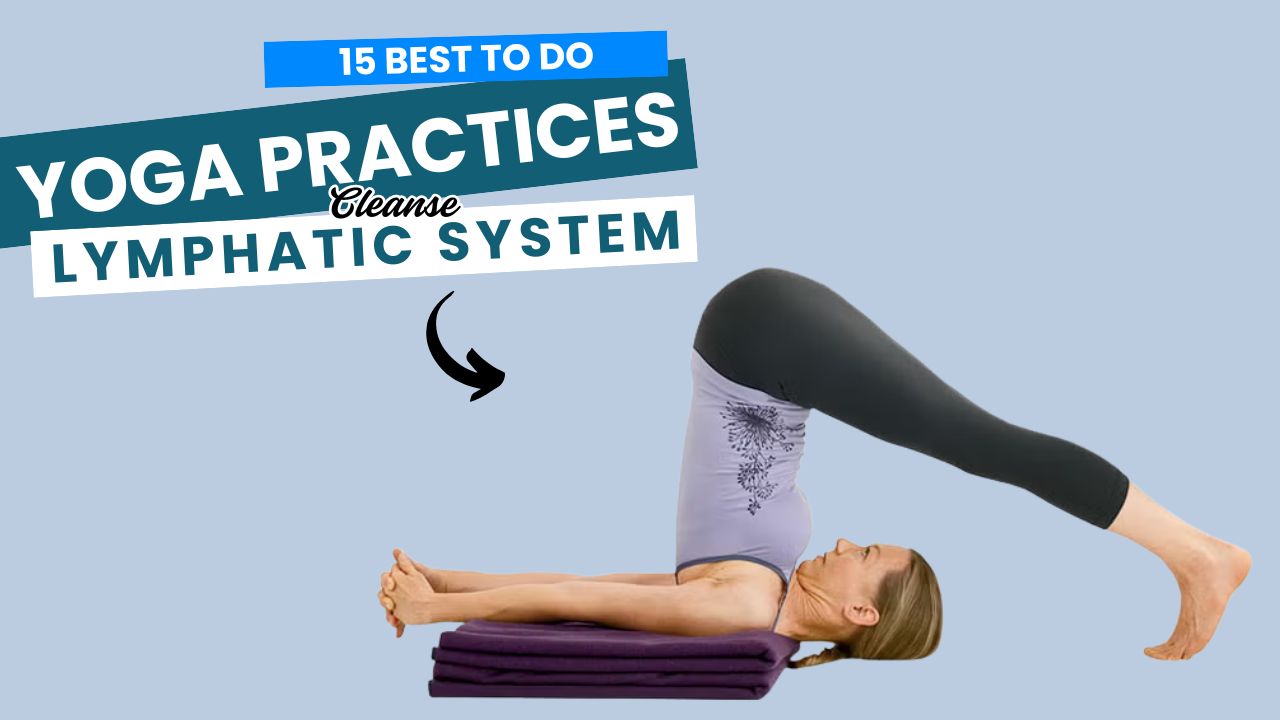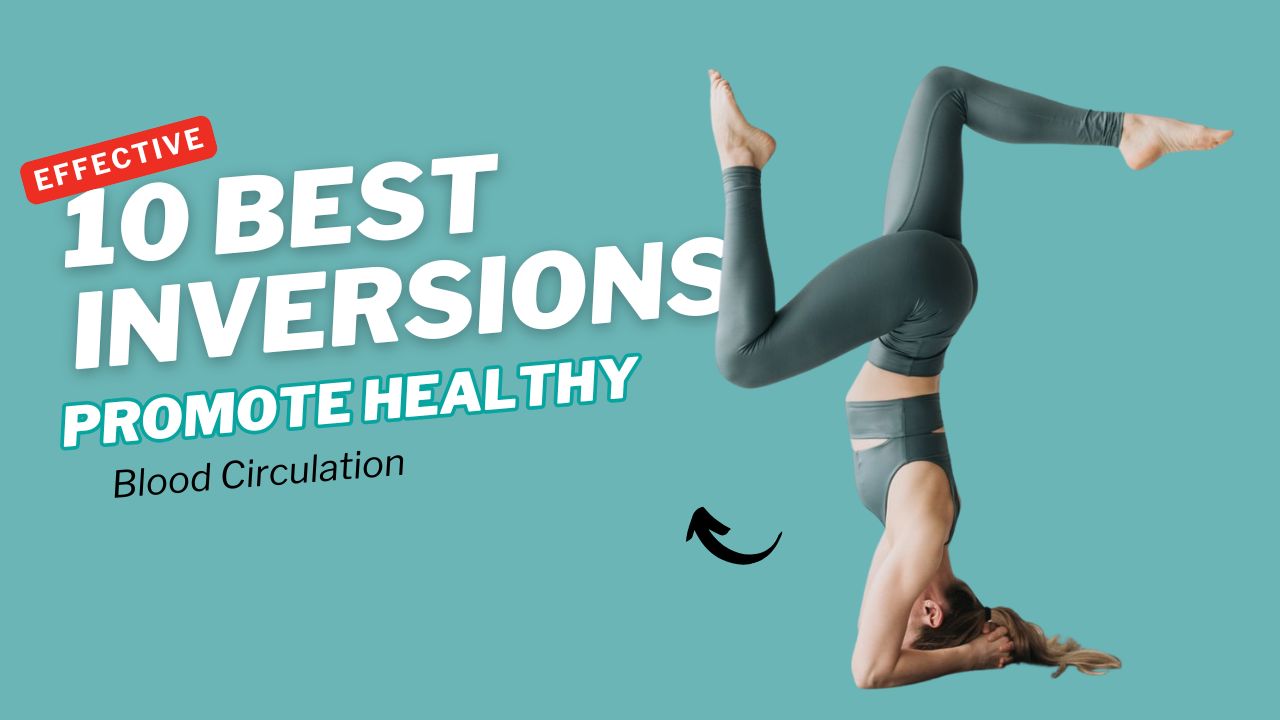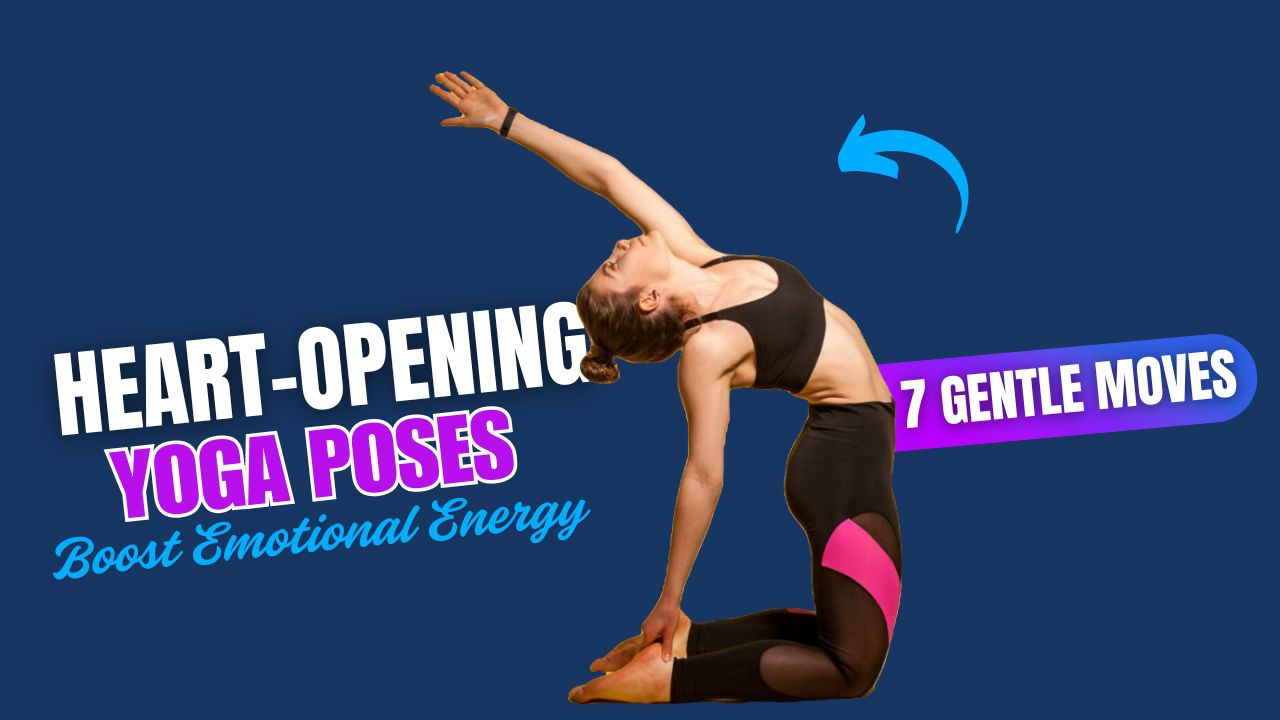Do you know your calf muscles contribute to nearly every step you take—and yet they’re often overlooked in training routines? If your legs feel strong but look underdeveloped, your calves might be the missing piece.
Training your calves isn’t just about aesthetic balance. Well-developed calf muscles enhance ankle stability, improve running performance, reduce injury risk, and can even improve your posture. And while bodyweight calf raises are good, adding equipment can take your gains to the next level.
In this post, we’re covering 13 equipment-based calf exercises that will fire up your lower legs and help you build stronger, more defined calves—fast. Whether you’re in the gym or working out at home with a few tools, these moves will elevate your results.
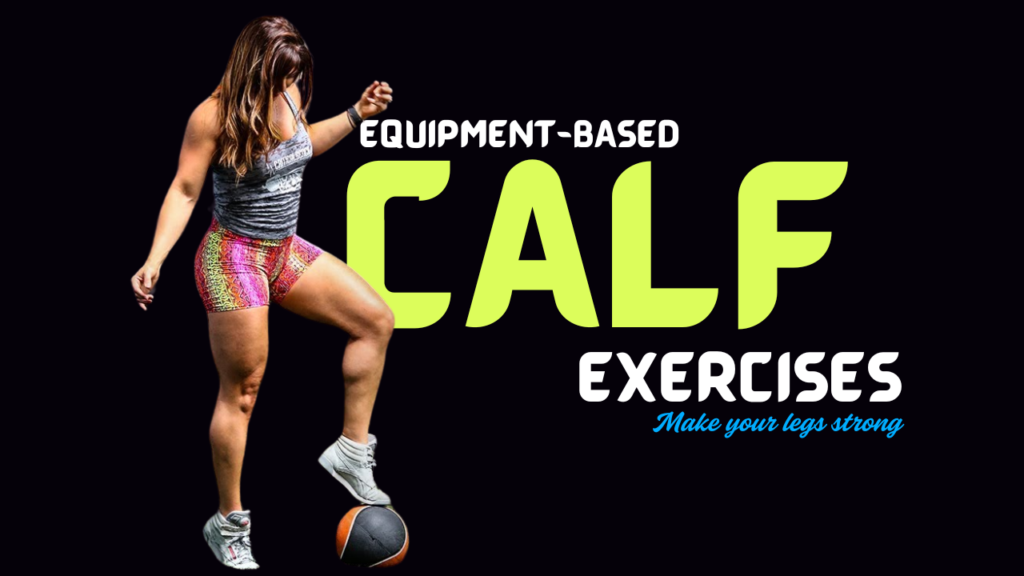
Table of Contents
What You Can Expect After 30 Days of Equipment-Based Calf Training
| Change/Benefit | What It Means for You |
|---|---|
| Increased Calf Muscle Tone | Your calves will look more defined and athletic |
| Noticeable Strength Gains | Improved performance in squats, lunges, running, and jumping |
| Better Balance & Stability | Enhanced ankle support for everyday movement and sports |
| Improved Range of Motion | Fuller stretch and contraction = better long-term growth potential |
| Reduced Risk of Shin Splints & Ankle Injuries | Stronger lower legs provide better shock absorption and stability |
| Enhanced Athletic Performance | Boost in sprint speed, vertical jump, and agility |
| Improved Posture & Walking Gait | Stronger calves assist in keeping your stride efficient and upright |
| More Mind-Muscle Connection | You’ll feel the calves working deeply during every rep |
| Greater Endurance in Daily Activities | Walking, climbing stairs, and standing become easier and less tiring |
| Motivation Boost from Visible Results | Visible change = increased confidence and consistency in workouts |
Also Read: 11 Abductor Exercises Using Equipment That Boosts Hip Strength
Do’s and Don’ts of Equipment-Based Calf Training
| Do’s | Don’ts |
|---|---|
| Use full range of motion (stretch & squeeze) | Don’t bounce or rush through reps |
| Train both standing and seated variations | Don’t skip soleus-focused exercises (like seated raises) |
| Increase weight progressively over time | Don’t lift too heavy with poor form |
| Warm up ankles and calves before heavy sets | Don’t train calves with cold, tight muscles |
| Focus on mind-muscle connection during each rep | Don’t rely on momentum to lift the weight |
| Incorporate both low and high-rep ranges | Don’t stick to the same rep range every workout |
| Train calves at least 2–3 times per week | Don’t ignore calf training or treat it as an afterthought |
| Use equipment like Smith machine, bands, and dumbbells | Don’t limit yourself to just bodyweight exercises |
| Perform slow eccentrics (lowering phase) | Don’t neglect the downward motion—it’s key for growth |
| Stretch calves post-workout to improve flexibility | Don’t walk away without cooling down or stretching |
1. Standing Calf Raises on Smith Machine

How to Do It:
- Stand on a step or block under the Smith machine bar.
- Place the bar across your traps, feet shoulder-width apart.
- Raise your heels as high as possible, squeeze your calves, then lower slowly.
Benefit: Allows you to load up heavy weights safely and target both gastrocnemius and soleus muscles.
2. Seated Calf Raise Machine
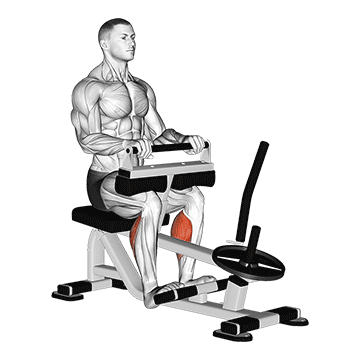
How to Do It:
- Sit on the calf raise machine with knees at 90°, and feet on the platform.
- Lift the weight by pushing through the balls of your feet.
- Lower heels below the platform for a full stretch.
Benefit: Primarily targets the soleus muscle, which is crucial for endurance and stability.
Also Read: 13 Adductor Exercises You Can Do With Gym Equipment for Stronger Inner Thighs
3. Leg Press Calf Raises
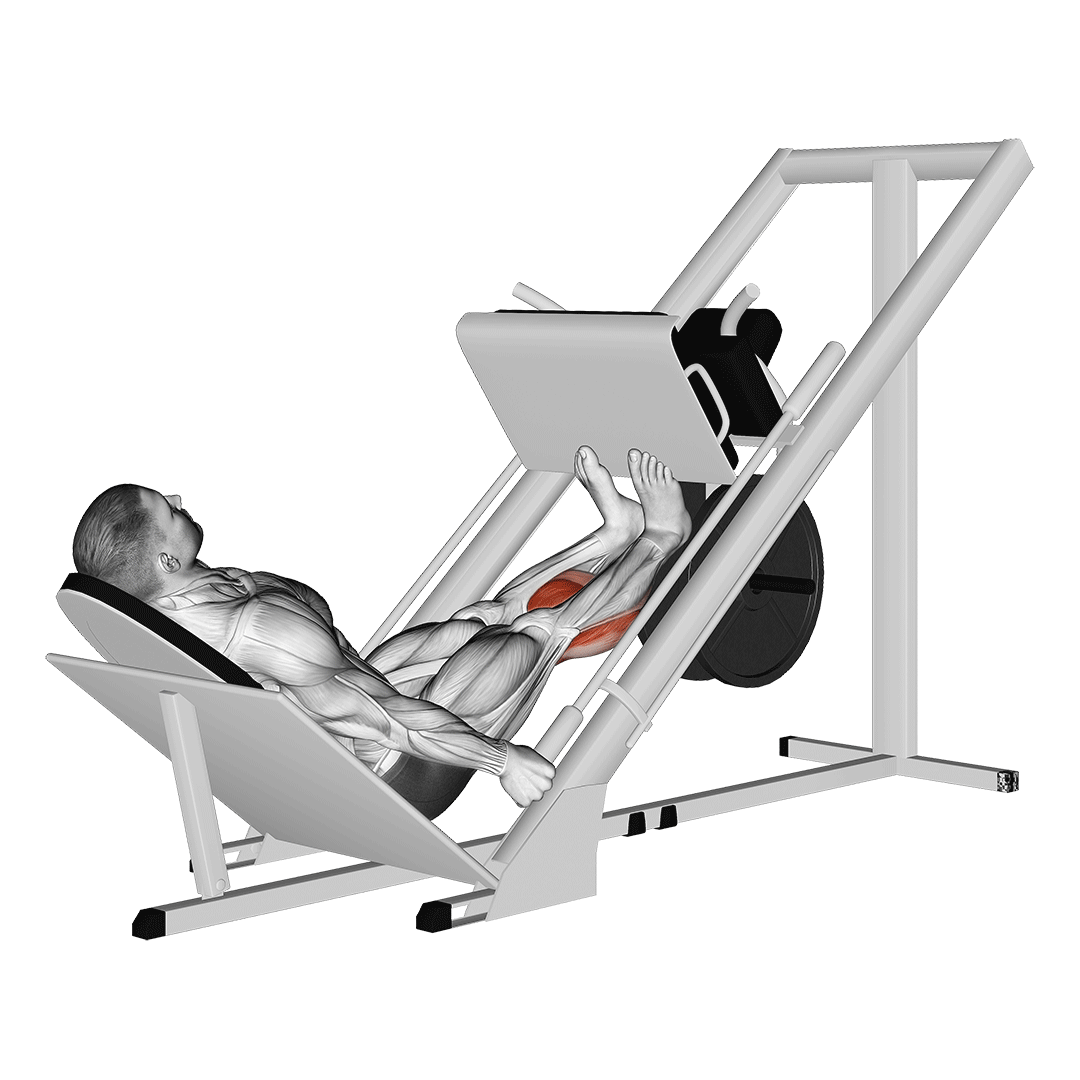
How to Do It:
- Sit in the leg press machine with only your toes and balls of feet on the platform.
- Push through your toes to raise the sled, then lower your heels slowly.
Benefit: You can overload your calves with heavy resistance safely.
4. Donkey Calf Raises (with machine or weighted backpack)
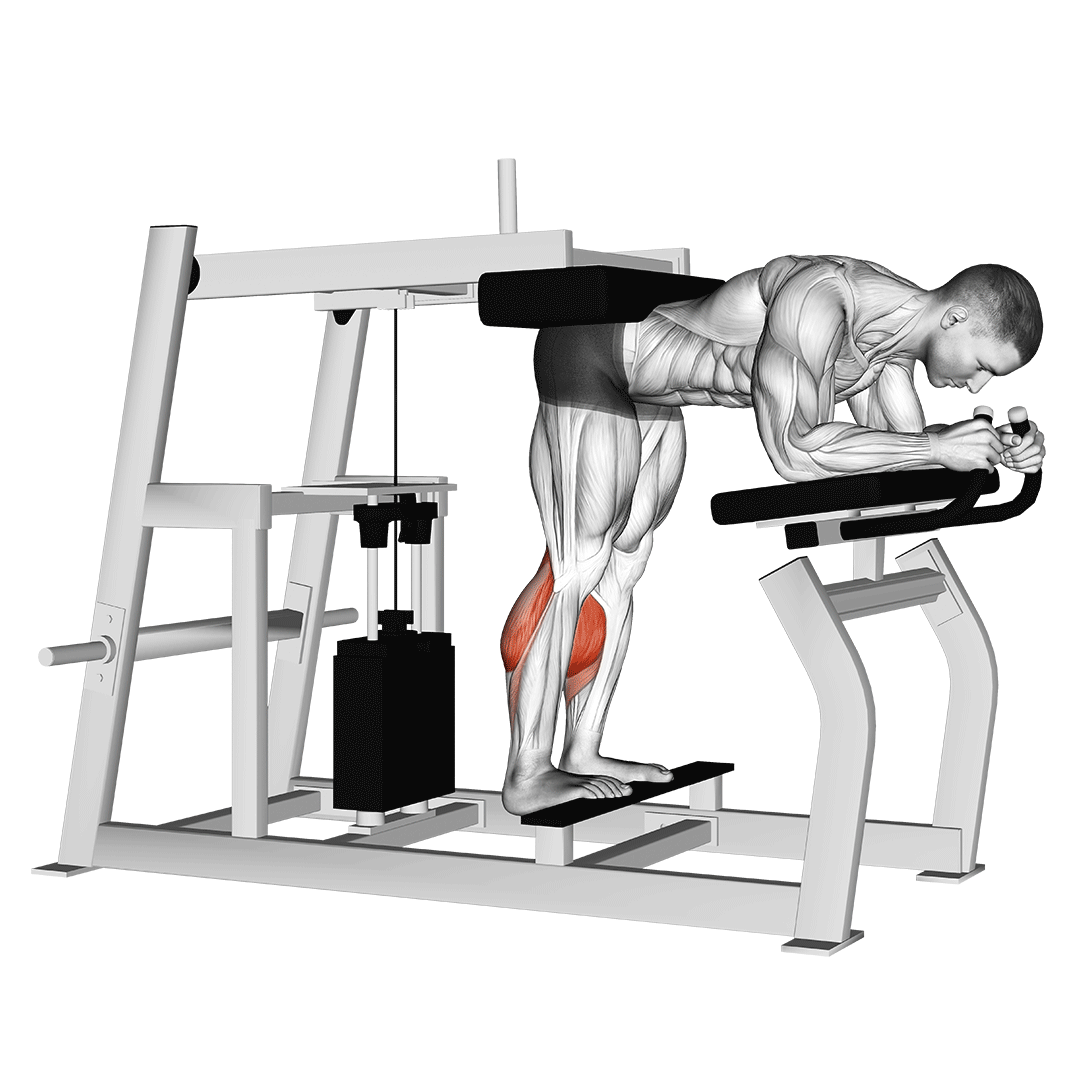
How to Do It:
- Bend forward with hips hinged, back flat, and weight on lower back or machine pad.
- Rise onto the balls of your feet, hold, then lower slowly.
Benefit: Stretch and contract the calves fully due to the bent-hip position.
5. Barbell Standing Calf Raises
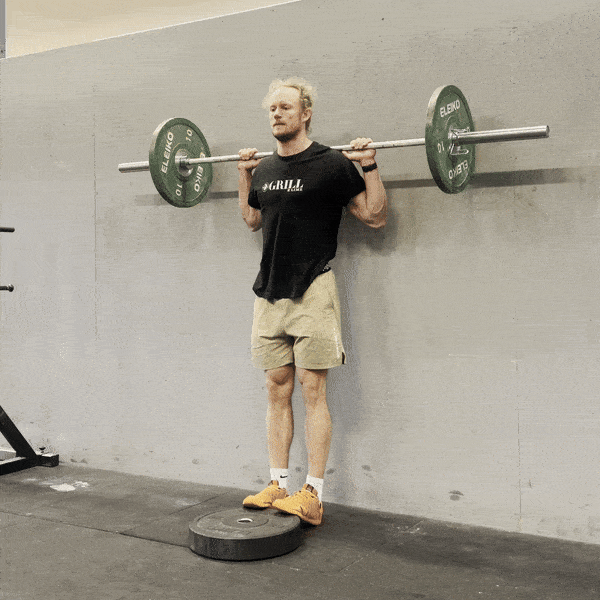
How to Do It:
- Place a barbell on your traps like in a squat.
- Stand on a step or plate to allow a deeper stretch.
- Lift and lower through your toes.
Benefit: Free weights challenge balance and control, activating stabilizing muscles.
Also Read: 12 Best Bodyweight Adductor Exercises To Sculpt Your Inner Thighs
6. Dumbbell Farmer’s Walk on Toes
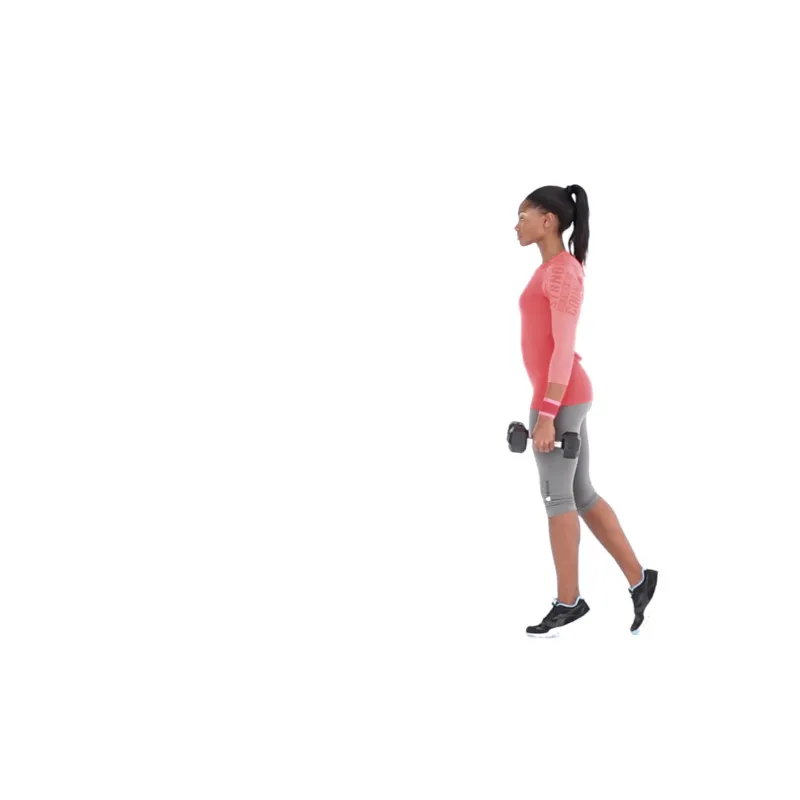
How to Do It:
- Hold heavy dumbbells at your sides.
- Rise onto your toes and walk forward for 20–30 seconds.
- Keep your core tight and heels off the ground.
Benefit: Builds endurance and strength, trains calves dynamically.
7. Resistance Band Calf Extensions
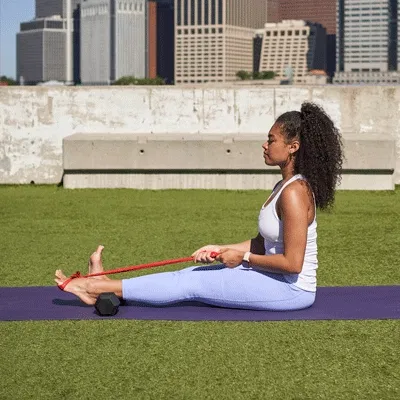
How to Do It:
- Sit on the floor with your legs extended.
- Loop a resistance band over the balls of your feet and hold the ends.
- Flex your foot downward against resistance, then return.
Benefit: Great isolation and time under tension, excellent for home workouts.
8. Cable Standing Calf Raises
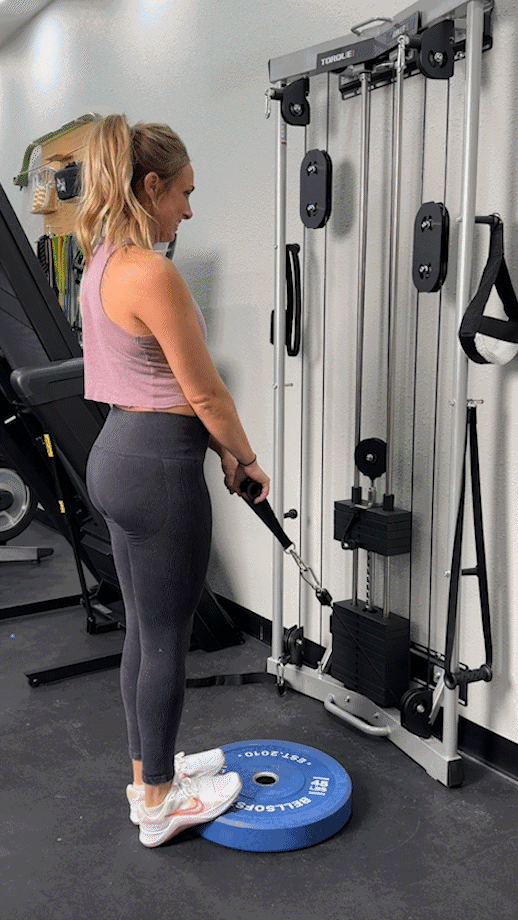
How to Do It:
- Attach a low pulley with handles or rope.
- Stand on a raised platform with cable resistance pulling downward.
- Perform calf raises while holding the cable for balance.
Benefit: Constant tension throughout the entire movement.
Also Read: 12 Secret Bodyweight Forearm Exercises (No Weights, Maximum Gains)
9. Smith Machine Donkey Calf Raise
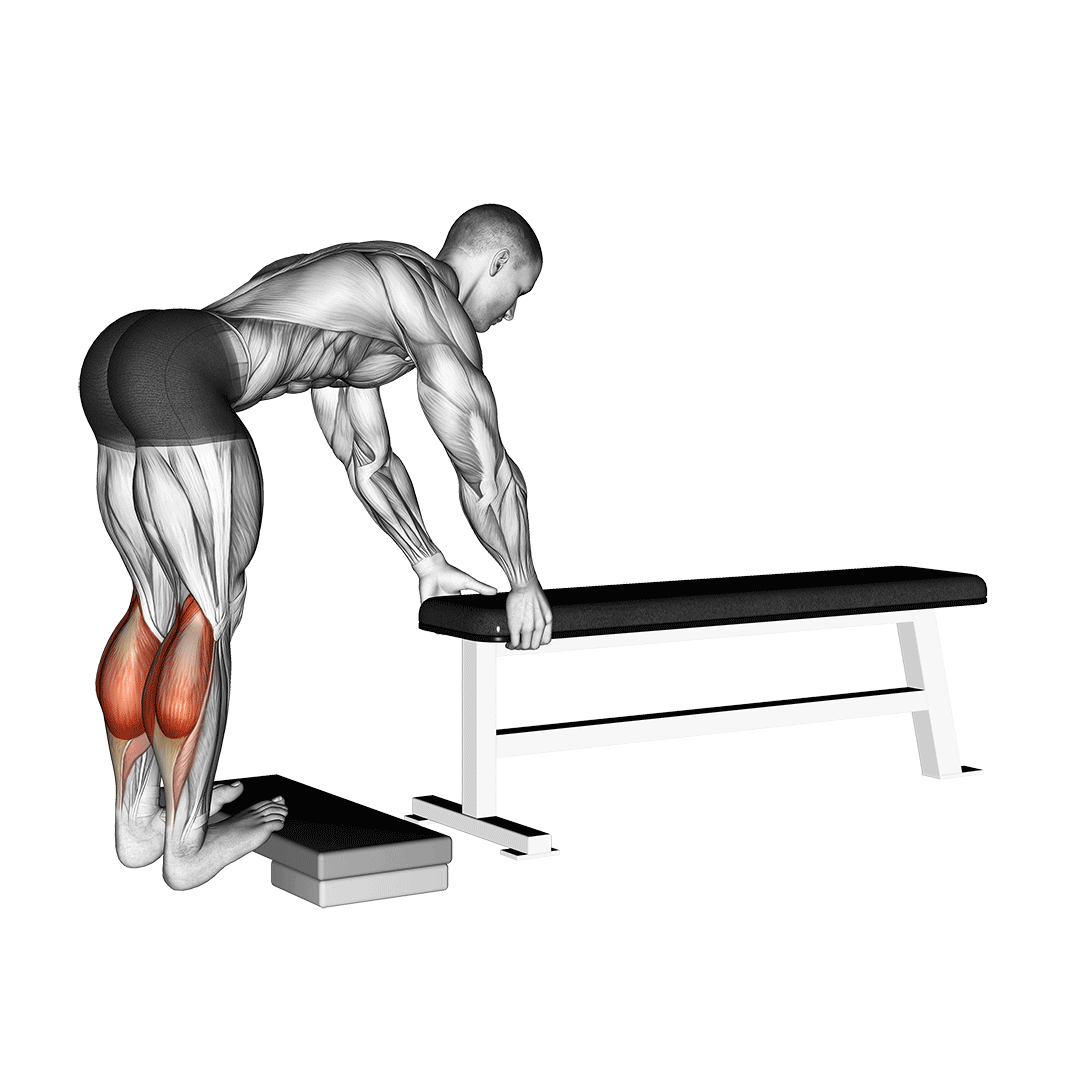
How to Do It:
- Position yourself in a bent-over stance under the Smith bar.
- Perform raises just like in standard donkey raises.
Benefit: More stable than free-weight donkey raises but just as effective.
10. Hack Squat Machine Calf Raise
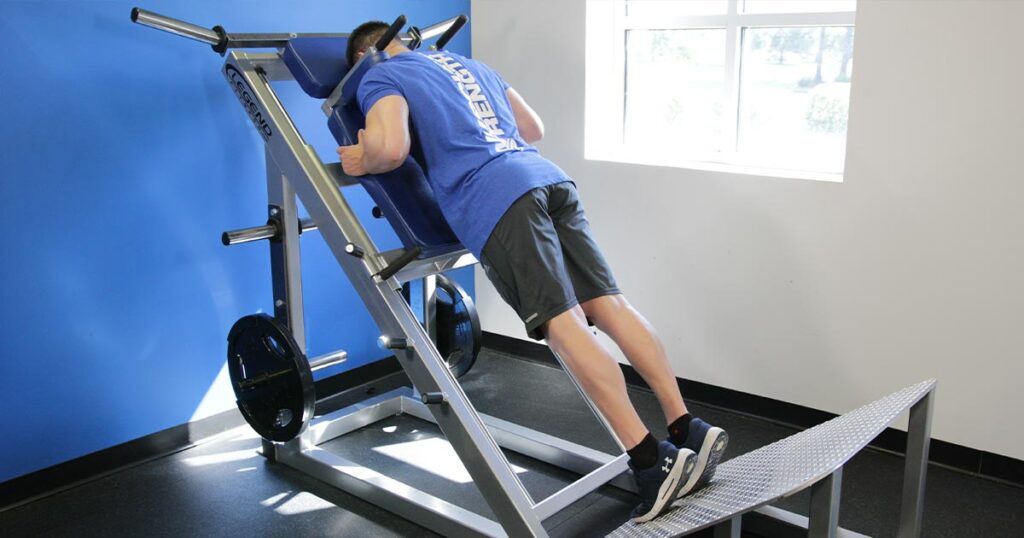
How to Do It:
- Position yourself in a hack squat machine.
- Raise and lower yourself using your toes, without bending your knees.
Benefit: Allows for controlled, heavy loading of calves while maintaining back support.
11. Kettlebell Calf Raises
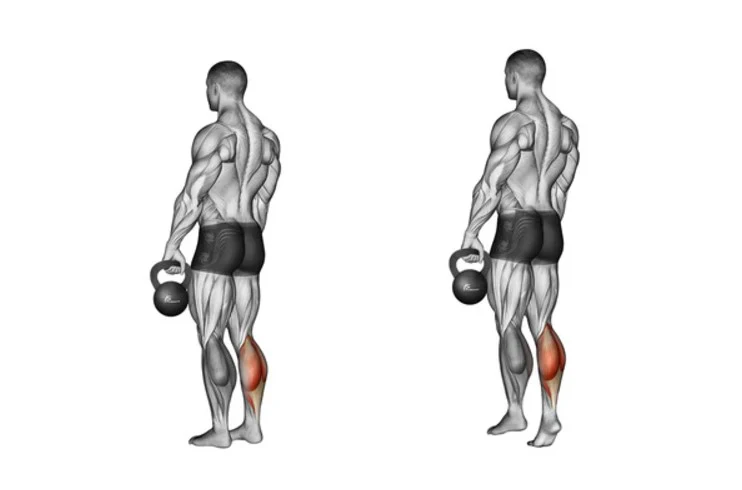
How to Do It:
- Hold a kettlebell in one hand (or both), stand on a plate or step.
- Raise and lower your heels slowly.
Benefit: Adds a grip challenge and improves balance while training calves.
Also Read: 13 Bodyweight Trapezius Exercises to Build Strong, Broader Back
12. Treadmill Incline Toe Walking (Weighted Vest Optional)

How to Do It:
- Set the treadmill to a high incline.
- Walk on your toes for 2–3 minutes at a time.
- Optional: Wear a weighted vest for extra resistance.
Benefit: Builds functional endurance in the calves and strengthens your stride.
13. Trap Bar Standing Calf Raises

How to Do It:
- Load a trap bar and stand on a step with your toes.
- Hold the bar handles, and perform calf raises.
Benefit: Easier wrist positioning and balance compared to dumbbells or barbells.
Final Thoughts
Fun Fact: Your calf muscles carry the force of up to 7x your body weight when running or jumping.
Despite this, many people only give calves a few half-hearted sets at the end of leg day. By incorporating equipment-based calf exercises, you ensure progressive overload, muscle variety, and a much greater chance of seeing real results.
Train your calves like any other muscle—with volume, variation, and intention—and you’ll walk stronger, run faster, and look more balanced from top to bottom.
Frequently Asked Questions (FAQs)
How many times a week should I do equipment-based calf exercises?
Ideally, 2–3 times per week. Calves are used to frequent activity (like walking), so they respond well to higher frequency and volume.
Are equipment-based calf exercises better than bodyweight ones?
Both have value, but equipment-based exercises allow for progressive overload, which is key for muscle growth and strength gains.
Do I need to train both standing and seated calf raises?
Yes. Standing exercises primarily target the gastrocnemius, while seated variations focus on the soleus muscle. Training both leads to more balanced development.
Is it normal to feel calf soreness after equipment-based training?
Absolutely. Especially after eccentric (lowering) movements or new equipment-based routines, Delayed Onset Muscle Soreness (DOMS) is common and usually fades in 24–72 hours.
Can I train calves on the same day as other leg exercises?
Yes. Calves can be trained at the end of leg day or on separate days. Just ensure they’re not too fatigued before exercises that require ankle stability (like squats or deadlifts).
Will calf training improve my running and jumping ability?
Definitely. Strong calves enhance explosiveness, stride efficiency, and ankle stability, making a major difference in sprinting, jumping, and overall athleticism.
How long until I start seeing visible calf results?
With consistent, progressive training, you may start noticing visual and strength improvements in 4–6 weeks, depending on your starting point and genetics.
